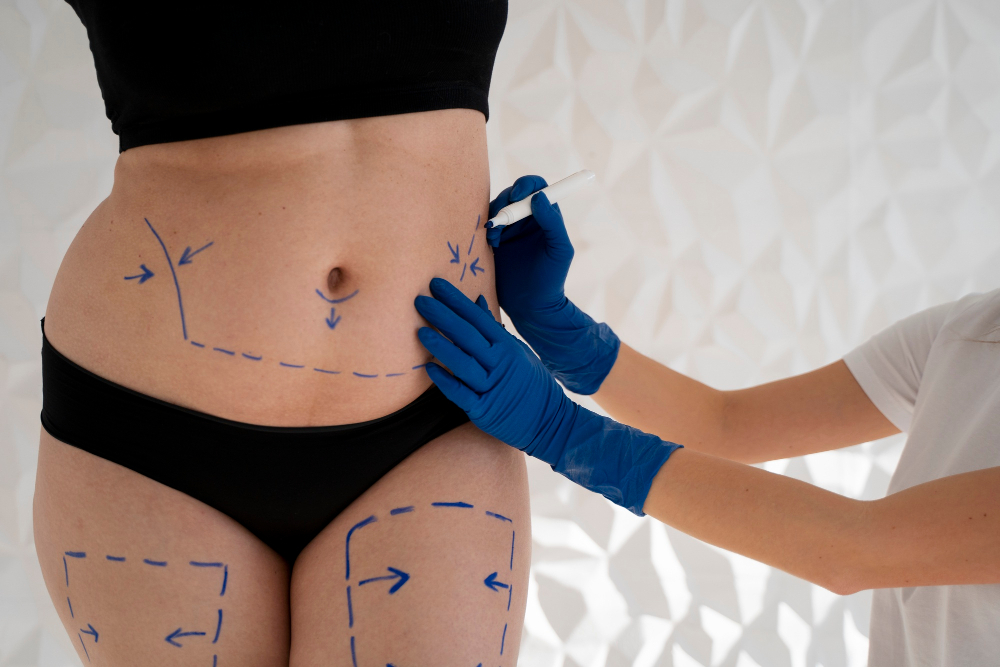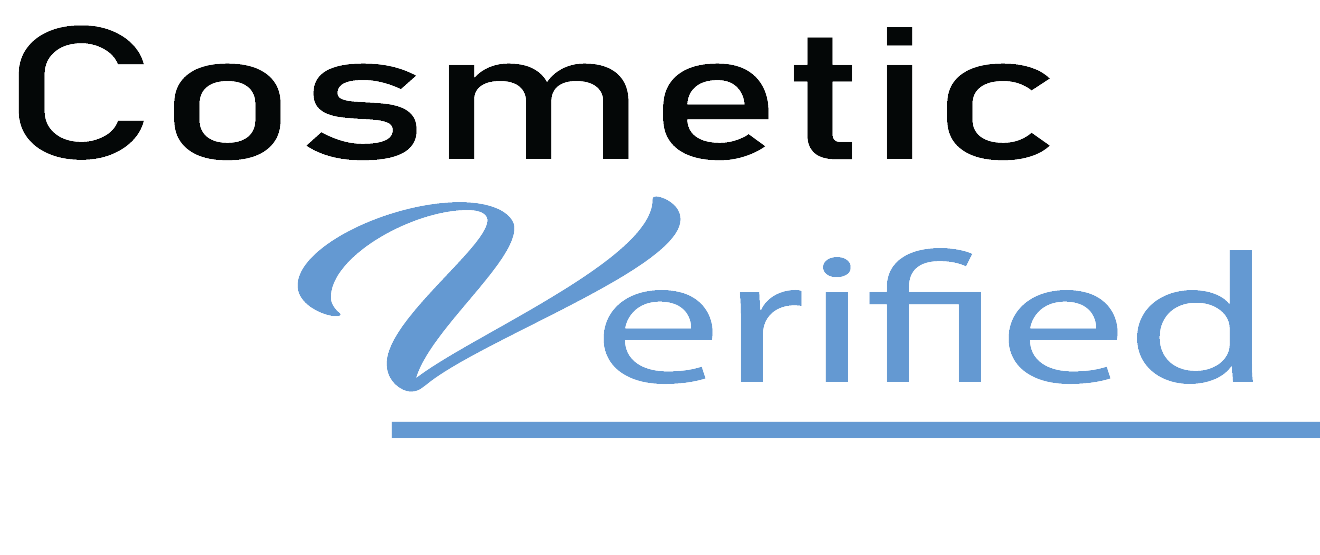Liposuction: Everything You Need to Know,
Including Procedure, Costs and More
Are you considering Liposuction to achieve your dream body shape? You’re not alone. Liposuction, also known as “Lipo” has fast become one of the most popular cosmetic surgeries in the world for those looking to sculpt their body and feel confident in their own skin.
But what does it involve, exactly, and how do you know if you are a suitable candidate for it? Before you can make an informed decision, it’s important to consider both the benefits and considerations of this particular cosmetic procedure.
At Cosmetic Verified, we believe in empowering patients to feel like the best versions of themselves – that’s why we make it our mission to provide as much information as possible about your chosen procedure with us, to help you decide if it’s the right choice for you.
In this article, we’ll dive into everything about liposuction, including what to expect, cost, aftercare, and more.
What is Liposuction?
It’s a cosmetic surgical treatment for people wishing to remove excess (or unwanted) fat from specific areas of the body. This treatment is designed to help patients who have already tried to lose weight but cannot achieve their desired results. It’s commonly used to contour areas that are difficult to deal with through diet and exercise. Your surgeon or doctor should recommend you adopt a change in dietary and physical lifestyle if you haven’t already, before considering cosmetic surgery.
The common areas that Liposuction targets are the:
- – abdomen
- – thighs
- – hips
- – buttocks
- – arms
- – neck area

Types of Liposuction
Were you aware that there are multiple techniques surgeons can use to perform this procedure? A common assumption among patients who have heard about this cosmetic treatment (but don’t know much about it) is that it’s only performed one way.
Here are the most common methods:
Traditional Suction-Assisted Liposuction (SAL): This is the original Liposuction technique and is still widely used today. With SAL, the surgeon makes small incisions and uses a dannula (a thin tube) connected to a vacuum device to suction out fat cells. While effective, this method can sometimes result in more bruising and a longer recovery time compared to newer techniques.
Tumescent Liposuction: Currently the most popular method. It involves injecting a large amount of saline solution mixed with lidocaine (a local anaesthetic) and epinephrine (to constrict blood vessels) into the treatment area. This causes the fat to become swollen and firm, making it easier to remove. The benefits include reduced blood loss, less post-operative pain, and the ability to use local anaesthesia instead of general anaesthesia in many cases.
Ultrasound-Assisted Liposuction (UAL): UAL, also known as VASER liposuction, this method uses ultrasonic energy to liquefy fat cells before they’re suctioned out. This technique is notably effective for removing fat from fibrous areas like the upper back or male breast tissue. It may also result in some skin-tightening effects.
Laser-Assisted Liposuction (LAL): Similar to UAL, LAL, sometimes called SmartLipo, uses laser energy to liquefy fat cells. The laser can also stimulate collagen production, potentially leading to some skin tightening. However, there is a risk of thermal injury with this method.
Power-Assisted Liposuction (PAL): PAL uses a cannula that vibrates rapidly to break up fat cells, making them easier to remove. This can be particularly useful for removing larger volumes of fat or working on fibrous areas. PAL often results in less fatigue for the surgeon and can lead to more precise fat removal.
As always, consult your doctor and or surgeon to discuss available treatments and what’s best for you, considering your circumstances.
Liposuction Procedure: What to Expect?
Before the procedure, your surgeon will give you a consultation to discuss if Lipo is right for you, as well as your end goal for choosing this treatment. During this meeting, and assuming all is well, a pre and post-surgery plan will be made. You’ll be given instructions on what to do, what to eat / not to eat, and any restrictions around medication, alcohol, smoking etc. On the day of the procedure, you will be given a surgical gown, and the treatment areas will be marked. Anaesthesia will be administered, either local or general, depending on the extent of the surgery.

During the procedure, your surgeon will use one of the techniques mentioned previously (types of Liposuction) and can take one to three hours to complete the surgery. Afterwards, you will be staying in a recovery area to be monitored as you wake up from the anaesthesia.
Due to the nature of this cosmetic surgery, you’ll likely feel sore, groggy, and in pain, medication will be provided to help with this. Lastly, assuming the procedure has gone well and you’re stable, patients will be able to go home. In the days following the procedure, you can expect bruising, swelling, and soreness, which is normal post-surgery. Most people can return to work and light activities within one to two weeks.
The final results will show after three to six months as the swelling subsides. Follow-up appointments with your surgeon should be scheduled to monitor your healing, and it is essential to adhere to your surgeon’s post-operative instructions for best results. To maintain these results, proper dieting and regular exercise is important to make the improvements long-lasting.
Who is Eligible?
A common misconception about this surgical treatment is that it is seen as an alternative to dieting and exercising to treat conditions such as obesity. Any reputable surgeon will advise you otherwise and should encourage you to try to lose weight naturally first before undergoing surgery.
Patients who are significantly overweight (usually a BMI of 40 and over), have loose or saggy skin, smoke, or have serious underlying medical conditions are not suitable for Liposuction.
Additionally, candidates should have no adverse reactions to anaesthesia. Age is not usually a limiting factor, however, people over 65 may have less firm skin, which could affect results. The best candidates for this surgical procedure are those in good overall health, leading an active lifestyle, and eating a balanced diet.
Why? It’s because these patients have a lower risk of experiencing complications during or after surgery than patients who do the opposite.
It’s important for potential patients to have realistic expectations about the procedure’s outcomes. Be sure to discuss your goals openly with a qualified plastic surgeon to determine if liposuction is indeed suitable for you.
Liposuction risk considerations
As with most surgical procedures, some risks and complications must be accounted for.
Here are some of the things to be aware of before considering Lipo:
During surgery, your surgeon may (in very rare instances) accidentally injure internal organs, cause burns from equipment use, cause nerve damage, shock, and in rarer cases cause death. There’s also a risk of reactions to anaesthesia and other medications, as well as heart and kidney complications which could arise.
This is why we emphasise careful research and try to showcase the best surgeons.
After the surgery
Patients may face issues with body contour irregularities, wavy or dimpled skin, numbness, bruising, pain, swelling, and soreness. Infections can still occur, and there may be fluid imbalances, scarring, changes in skin sensation, and skin colour changes. Long-term risks include permanent nerve damage, changes in skin sensation, and the development of indentations in the treated areas.
The best things you can do as a patient to reduce the risks of experiencing any of the above are:
– Researching your chosen surgeon thoroughly.
– Finding out the success/failure rate of your surgeon.
– Finding out if your surgeon is accredited.
– Being as reasonably fit as you can be.
How much does it cost?
The average cost of liposuction in the UK typically starts at £3,000 to £6,000 per treated area.
However, the final price can vary significantly based on several factors:
Number and size of areas treated: Treating multiple or larger areas will increase the overall cost. For example, chin liposuction may cost £2,000-£4,000, while arm liposuction can range from £1,500-£4,500.
Type of liposuction technique: Different methods like traditional, VASER, laser, or ultrasound-assisted liposuction have varying costs. VASER liposuction tends to be on the higher end, costing as much as £10,000 in some cases.
Surgeon’s experience and reputation: Just like any other industry, surgeons with lots of experience who enjoy high demand often charge higher fees for their services.
